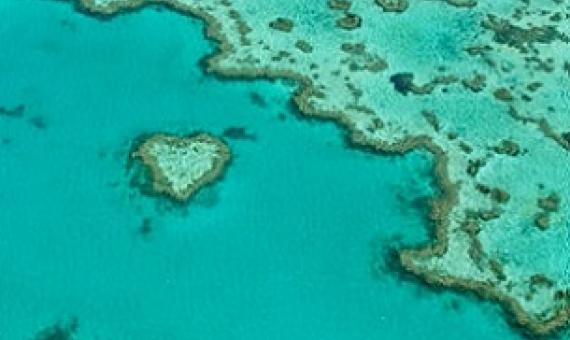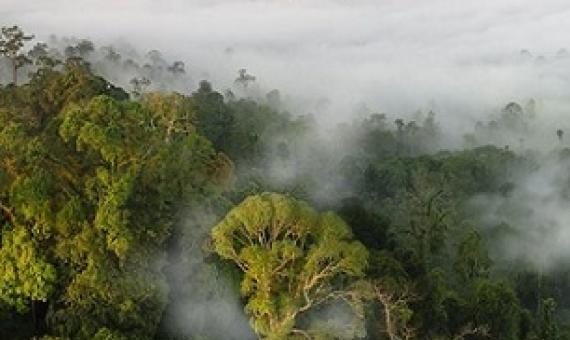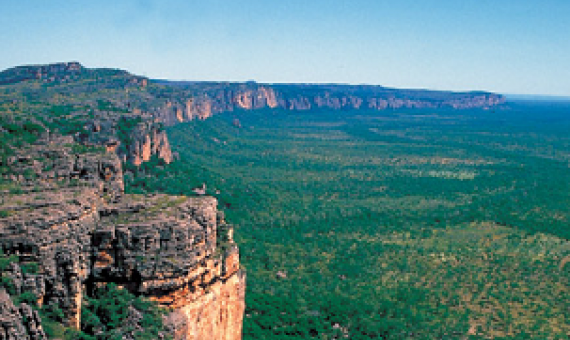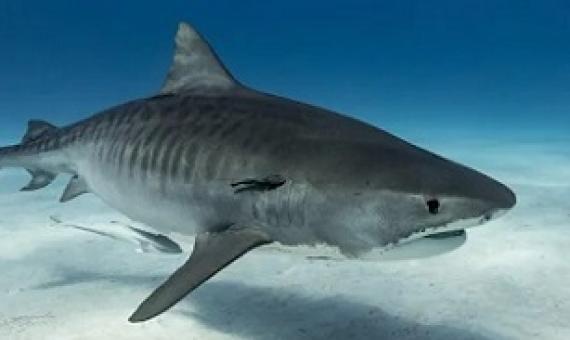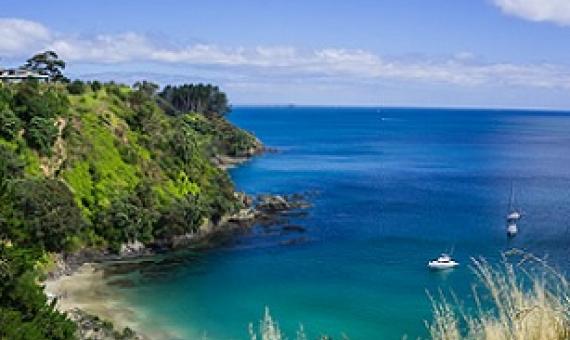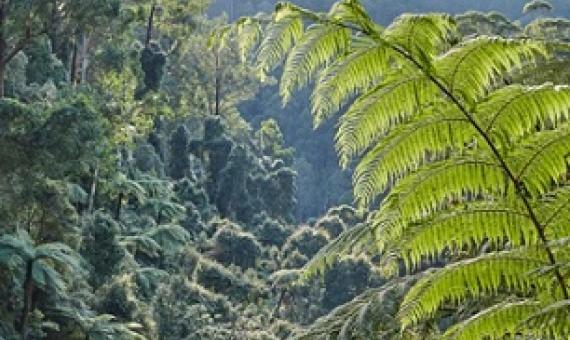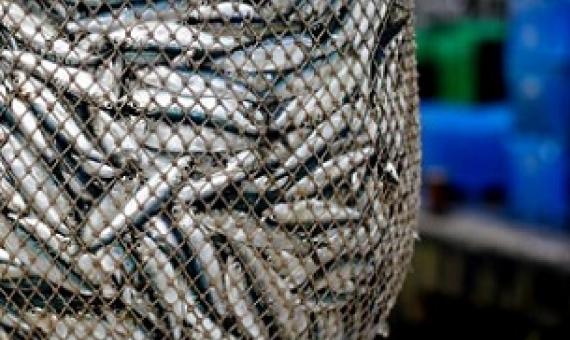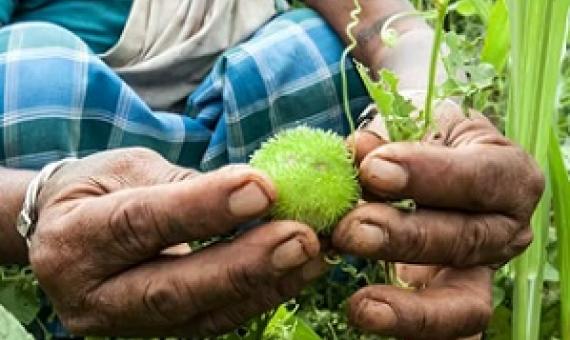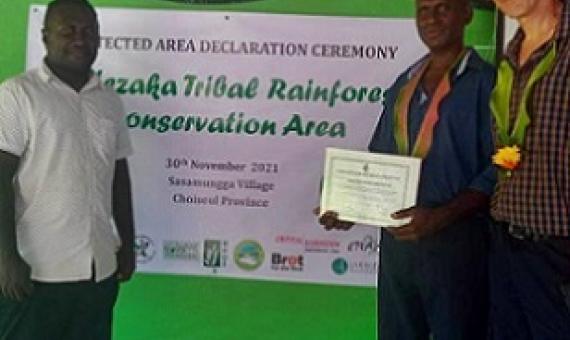With an ambitious global push underway to protect a third of the world’s ocean environments by 2030, the race to distinguish which areas to safeguard is picking up pace.
Major new funding will support an ongoing initiative to provide critical data and knowledge to raise global ambition and accelerate action on the coverage, connectedness, effective management and equitable governance of protected and conserved areas around the world.
A new University of British Columbia study offers new evidence that protected areas are effective at conserving wildlife. Researchers at UBC's faculty of forestry analyzed data from a global data set drawing from 8,671 camera trap stations spanning four continents.
Scientists from Macquarie University in Sydney, Australia have authored a new paper that shows that terrestrial protected areas (PAs) around the world are hit by two major threats: climate change and land-use change.
Warming oceans due to the climate crisis are having a significant impact on the migratory patterns of tiger sharks, allowing the apex predator to expand its range, but also exposing them to new risks, a new study has warned.
The submission period begins today for a proposed marine reserve in the Hauraki Gulf that would be the first new reserve in the area in 20 years. The Hākaimangaō-Matiatia (Northwest Waiheke) marine reserve proposal is being put forward by citizen conservation group Friends of the Hauraki Gulf.
The Andrews Labor Government is taking the next steps to engage Victorians in determining new conservation, recreation and tourism opportunities in Immediate Protection Areas.
Expanding nature preserves will not be enough to stem a rising tide of extinctions, a panel of experts warned on Wednesday (Jan 19), taking aim at a draft treaty tasked with rescuing Earth's animal and plant life.
The world lost more than 12 million hectares of tropical forest in 2020, an area about half the size of the UK. Tropical forests contain much of the world’s animal and plant species and store more than half of its terrestrial carbon.
Another Conservation Achievement: Launching and Declaration of the Padezaka Tribal Rainforest Conservation Area as a legally designated National Protected Area.

